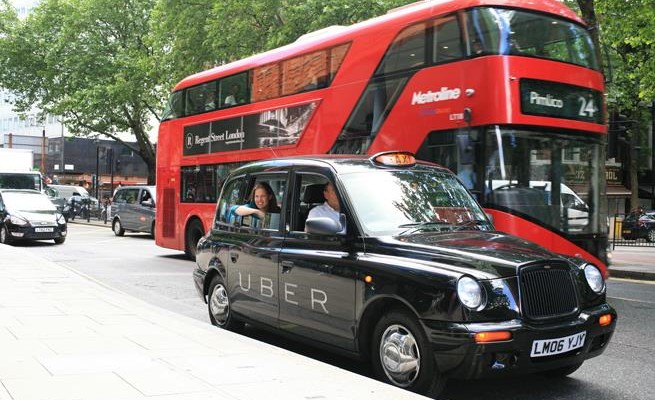Today, we are staring at and standing amid an interesting space where it comes to the concept of car ownership and driving a vehicle. Urban mobility has undergone tremendous change, truth be told. Apparently, the rising threat of a new, “about-to-strike” global recession has already begun to impact the industries everywhere. Add to it, the growing concerns thanks to unemployment or how some experts put it, lack of meaningful employment!
People would much rather keep away from new car ownership. The concept of a penny saved is a penny earned appears, all of a sudden, in vogue again. Ridesharing and carpooling dominate the order of the day. And that said, particularly in the last decade or so, the way the world gets around urban cities, has undergone a complete transformation.
This is all thanks to the rise of ride-hailing services. Uber and Ola are no longer rising businesses; they are flourishing ones that are dominating the charts at some of the world’s busiest and most happening of cities.
But the ground report from Europe- where Uber has been embraced widely and warmly by people- is quite disconcerting, if one might ask!
It appears, that Uber is contributing to air pollution in Europe? But one wonders, how is Uber contributing to air pollution in Europe?
In order to understand the gravity of the situation, one will have to step away from the larger world of convenience through which the famous riding-sharing brand is conceived.
Forbes quoted a report published on Transport Environment (transportenvironment.org) that suggested that owing to a rise in the ride-sharing services and applications (or Taxi apps) such as Uber has added to the concern of air pollution.
Now the fact that Uber is contributing to air pollution in Europe stands in complete contrast to what the company claims on its website:
“More people in fewer, more efficient cars can mean less environmental impact per person.”
Data compiled by Euromonitor for European research and campaign group Transport & Environment shows a correlation between the surge in the number of ride-share drivers in major European cities and increasing levels of air pollution.
Forbes.com, elaborating on the interesting bit of development shared the following in a feature story:
“Uber’s CEO tells us they ‘do the right thing, period’ – but the reality is that Uber is part of the traffic and pollution problem, adding car trips in our cities and adding to the climate and pollution crisis,” says Yoann Le Petit, a mobility expert with T&E. “If it wants to become part of the solution Uber needs to stop using petrol and diesel cars and rapidly shift to 100% electric rides.”
But, within hours of the report coming up on the site, Uber was quick to come up with an explanation and conveyed the same courtesy the company’s spokesperson:
We are committed to helping people and cities move away from transportation overly reliant on car ownership towards a shared, electric future.
To do so, we are actively working with cities across Europe to improve access to clean, safe and affordable modes of transportation.”
But the report that suggested that Uber is contributing to air pollution in Europe, picked first-hand examples of several noted cities, of these- London!
It is believed that ever since Uber arrived in London, the overall surge in the number of vehicles on the famous English capital’s roads is believed to be somewhere around 26%. Analysis from the report also suggested that in the cities of London and Paris, the emissions from the Uber taxis could be as high as half a megatonne of CO2.


